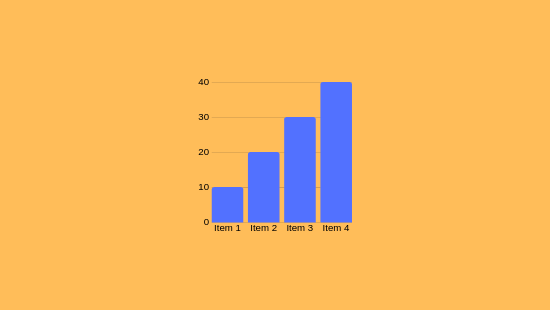Understanding the Functionality of Forex Indicators

As you delve into Forex indicators, you'll discover they are computational techniques that scrutinize market numbers to forecast market movements. These indicators aid in signaling trends, validating signals, and detecting overbought or oversold situations. For example, the RSI tracks market force, while Bollinger indicators measure variability. Enhancing your trade techniques by combining these indicators is crucial, especially if aiming to manage risk effectively.
Understanding Forex Indicators
Forex indicators are mathematical aids integrated in graphs to aid investors in analyzing market trends and making informed decisions. They offer insights into price changes and market possibilities by examining past and present market figures.
Forex tools are categorized into four main types: trend indicators (e.g., Moving Averages), momentum indicators (e.g., Relative Strength Index), volatility indicators (e.g., Bollinger Bands), and volume indicators.
These instruments can indicate market turns, validate ongoing patterns, or highlight overbought/oversold climates. If you're focused on refining your trading strategy, understanding these indicators is fundamental.
Types of Forex Indicators
When assessing market trends, investors usually employ a variety of indicators to aid in decision-making.
Forex tools are categorized into different types, each serving specific purposes.
Trend Indicators like Moving Averages (MA) and Bollinger Bands aid in uncovering movement patterns and potential breakouts.
Momentum Indicators, including the Moving Average Convergence/Divergence (MACD) and Relative Strength Index (RSI), identify momentum changes and highlight overbought or oversold conditions.
Volatility Indicators like the Average True Range (ATR) measure fluctuations, helping traders in setting stop-loss thresholds.
When applied wisely, these indicators can visit the website enhance trade outcomes.
Key Indicators for Trading Decisions
To executive insightful investment choices, grasping and utilizing key measures that analyze market conditions is imperative.
Moving Averages track mean trade values over specific periods, unveiling tendencies by smoothing fluctuations.
The Relative Strength Index gauges market force on a 0–100 scale, flagging overbought conditions above 70 and highlighting excessive sell below 30.
Moving Average Convergence Divergence analyzes two EMAs to confirm the trend direction, with graphical representations illustrating bullish or bearish phases.
Bollinger Bands utilize variability measures around a moving average to determine volatility and potential reversals.
Fibonacci Retracement levels denote price thresholds based on prior price movements.
Synthesizing these indicators boosts accuracy by authenticating prompts if aligned, facilitating precise timing for currency matchups.
Employing Indicators in Risk Oversight
As you fine-tune investment methods, effectively utilizing measurement tools for risk control is crucial. Indicators like Moving Averages and Bollinger Bands gauge fluctuations and spot viable trade junctures for risk oversight.
These tools allow for exact stop-loss orders and limit orders, critical for limiting possible losses.
For instance, applying stop-loss orders restricts your loss to a certain limit, such as 2% of your trading portfolio per trade. This measured strategy aids in managing forex risks by curtailing exposure to market volatility and leverage, which are notable risks in currency trading.
Integrating Indicators for Improved Precision
Merging measurement tools is a sophisticated strategy for elevating accuracy in forex trading. This method enables for the leveraging of multiple tools to examine several facets of market behavior, including trends, drive, and volatility.
By implementing indicators like Price Averages, RSI, and MACD, you can craft resilient trade schemes. Instance given, combining Moving Averages with RSI and Volume confirms trends and drive, while Bollinger Bands with Stochastic assess fluctuation and anticipate reversals.
If diverse measurement tools work together, duplications are minimized, and investment prompts are intensified.
Conclusion
You've understood how forex indicators function, encompassing their types like trend, momentum, and volatility tools. These instruments aid in uncovering pivots and validating ongoing trends. By integrating indicators, trading precision is enhanced, and risk oversight is better managed. As an example, using the Relative Strength Index (RSI) to highlight buying peaks and Bollinger Bands to analyze fluctuation can improve your decisions.